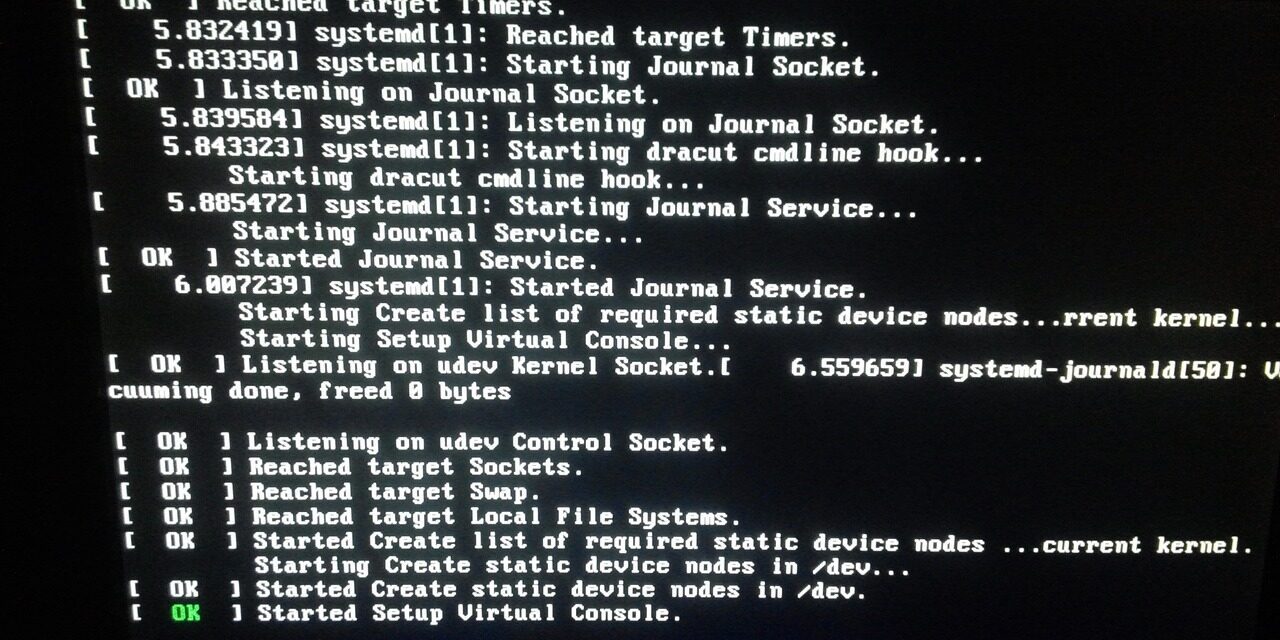Introduction to Linux operating system
The Linux operating system, born out of the genius of Linus Torvalds in the early ’90s, has come a long way from its humble beginnings as a command-line powerhouse. What started as a project by a student has evolved into a global phenomenon, powering servers, embedded systems, and even our everyday devices. In this blog post, we’ll embark on a journey through time, exploring the fascinating evolution of Linux from its command-line roots to the user-friendly interfaces we know today.
The Command-Line Era Linux operating system
In its infancy, Linux was a command-line-driven operating system. Users interacted with the system through a text-based interface, typing commands to perform various tasks. While this approach provided unparalleled control and flexibility, it also posed a steep learning curve for newcomers. The command-line era of Linux laid the foundation for the operating system’s robustness and stability but limited its accessibility to a niche audience of tech enthusiasts and professionals.
X Window System and Graphical Environments
As the demand for user-friendly interfaces grew, the X Window System emerged as a crucial component in the Linux ecosystem. This system allowed the development of graphical user interfaces (GUIs), paving the way for desktop environments such as GNOME and KDE. These environments introduced users to a more intuitive way of interacting with their systems, complete with graphical elements, icons, and point-and-click functionality.
Rise of Distributions with GUI Installers
The proliferation of Linux distributions played a pivotal role in making the operating system more accessible to a broader audience. Distributions like Ubuntu, Fedora, and Debian began offering user-friendly graphical installers, simplifying the previously complex installation process. This marked a significant shift, as users could now install Linux with a few clicks, making it more appealing to those less familiar with command-line intricacies.
Desktop Environments for Every Taste
Modern Linux desktop environments have evolved to cater to diverse user preferences. Whether it’s the sleek and minimalist design of elementary OS, the configurability of KDE Plasma, or the resource efficiency of Xfce, Linux users now have a plethora of options to choose from. These environments bring a polished, user-friendly experience that rivals mainstream operating systems.
Linux on Everyday Devices
The reach of Linux has extended far beyond traditional desktop and server environments. The operating system now powers a myriad of everyday devices, from Android smartphones to smart TVs and IoT devices. The adaptability of Linux, coupled with its open-source nature, has made it a preferred choice for embedded systems and devices that require stability, security, and customization.
The Future: Linux in the Cloud and Containers
As we look ahead, Linux continues to play a pivotal role in the rapidly evolving landscape of cloud computing and containerization. With distributions like CentOS and Ubuntu Server leading the way, Linux has become the backbone of countless servers powering cloud services and container orchestration platforms like Docker and Kubernetes.
Conclusion of Linux operating system
The evolution of Linux from a command-line interface to user-friendly graphical environments represents a remarkable journey of adaptation and inclusivity. While the command-line interface remains a powerful tool for enthusiasts and professionals, the availability of user-friendly interfaces has opened the doors for a broader user base. As Linux continues to thrive in diverse environments, its story is a testament to the collaborative spirit of the open-source community and the enduring power of an operating system that has truly stood the test of time.





